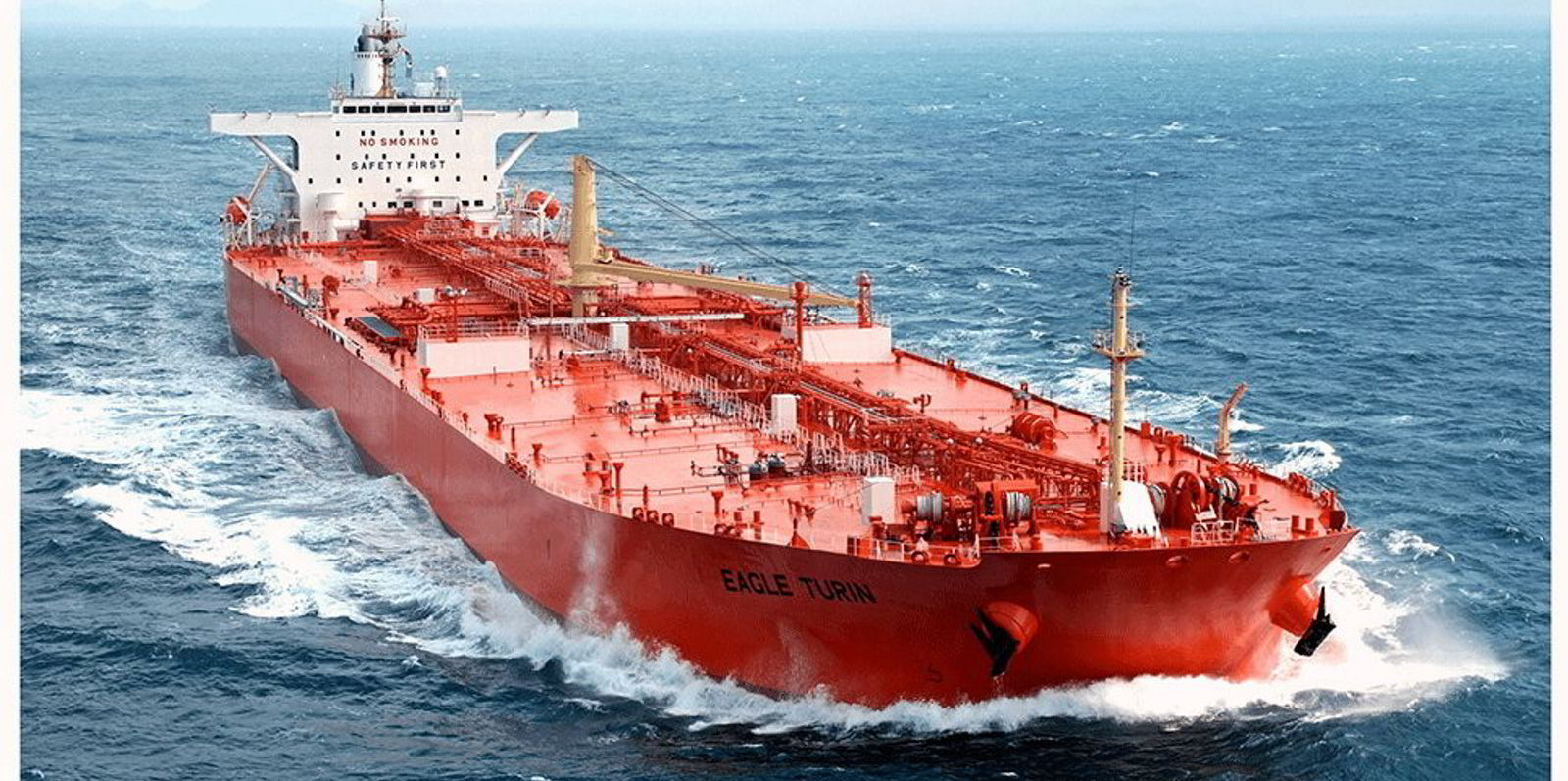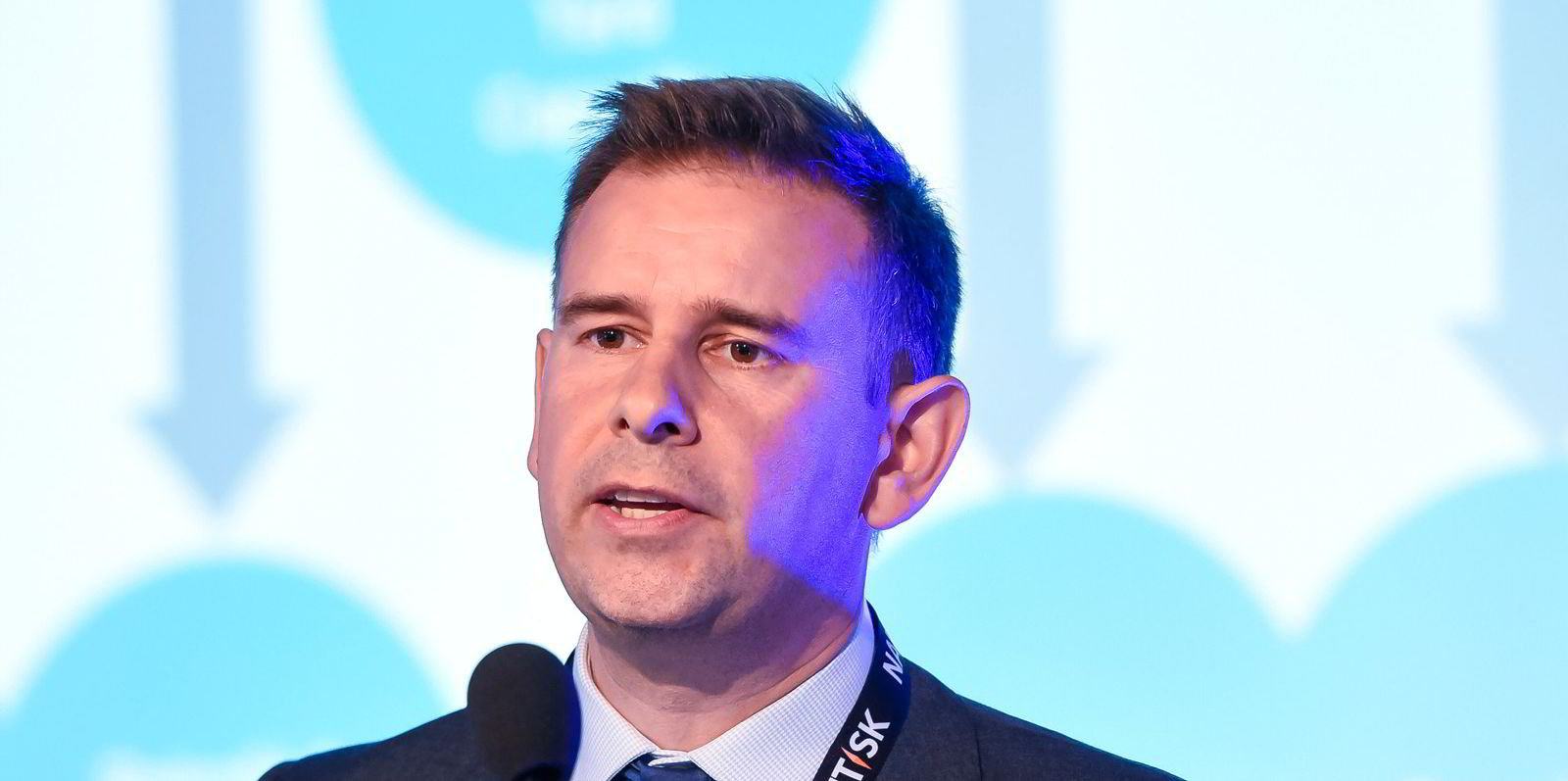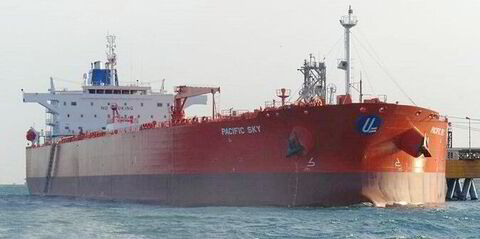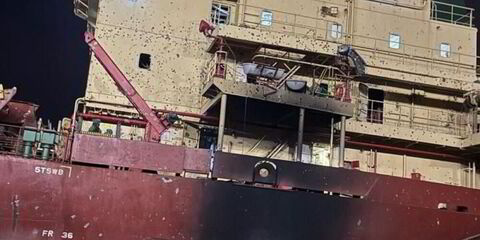French shipbroker Barry Rogliano Salles (BRS) is backing aframaxes and suezmaxes to prosper in a tanker market shaken up by the Ukraine war.
But VLCCs are facing a more challenging outlook.
The Paris shop has produced a new earnings forecast for crude vessels because the Russian invasion has “blown many of our tanker earnings projections, made at the start of the year, out of the water,” it said.
Aframaxes have been upgraded as the main beneficiary of the conflict, with western buyers staying away from Russian crude.
But BRS said the picture is far more subtle than that currently painted by the Baltic Exchange’s benchmark western aframax voyage between the Baltic Sea and northern Europe, which reflects extraordinarily high rates being paid for very few voyages.
The aframax market is being boosted by the exclusion of 48 Russian-linked ships, accounting for 7% of the fleet.
“Furthermore, considering that the majority of soon-to-be-delivered units are for Russian companies, especially Sovcomflot and Rosneft, these will also be excluded from general trading,” BRS added.
Data suggest seven clean LR2s have recently “dirtied up” by switching into crude trades, but the Paris company believes that these should have a minimal negative impact on spot rates, with aframax demand remaining strong this year.
BRS forecasts earnings for non-scrubber, non-eco vessels will average $21,750 per day in the Mediterranean.
But as tonnage steadily realigns with shifting crude flows, numbers will slip in the coming months compared with the stellar levels seen early in April.
BRS also said the outlook is brighter for suezmaxes.
Brazilian imports coming
The French broker expects more Brazilian crude will be refined in Europe, as Chinese and Indian refiners import more Russian barrels.
“Furthermore, we expect to eventually see more Middle Eastern barrels head to Europe, much of which should be shipped on suezmaxes and a greater proportion of West African crude should head to Europe rather than Asia,” BRS added.
And providing that 1m-barrel stems can be assembled, the broker believes that suezmaxes will vie with aframaxes to transport US crude to Europe.
Nonetheless, despite this bright demand-side picture, there continue to be acute fleet-side pressures, with 25 new units scheduled to be delivered by the end of the year.
This is one of the key reasons that BRS’ forecast of suezmax rates of $15,200 per day is below aframaxes. But this is still up 30% from its prediction at the start of 2022.
Tough road for VLCCs
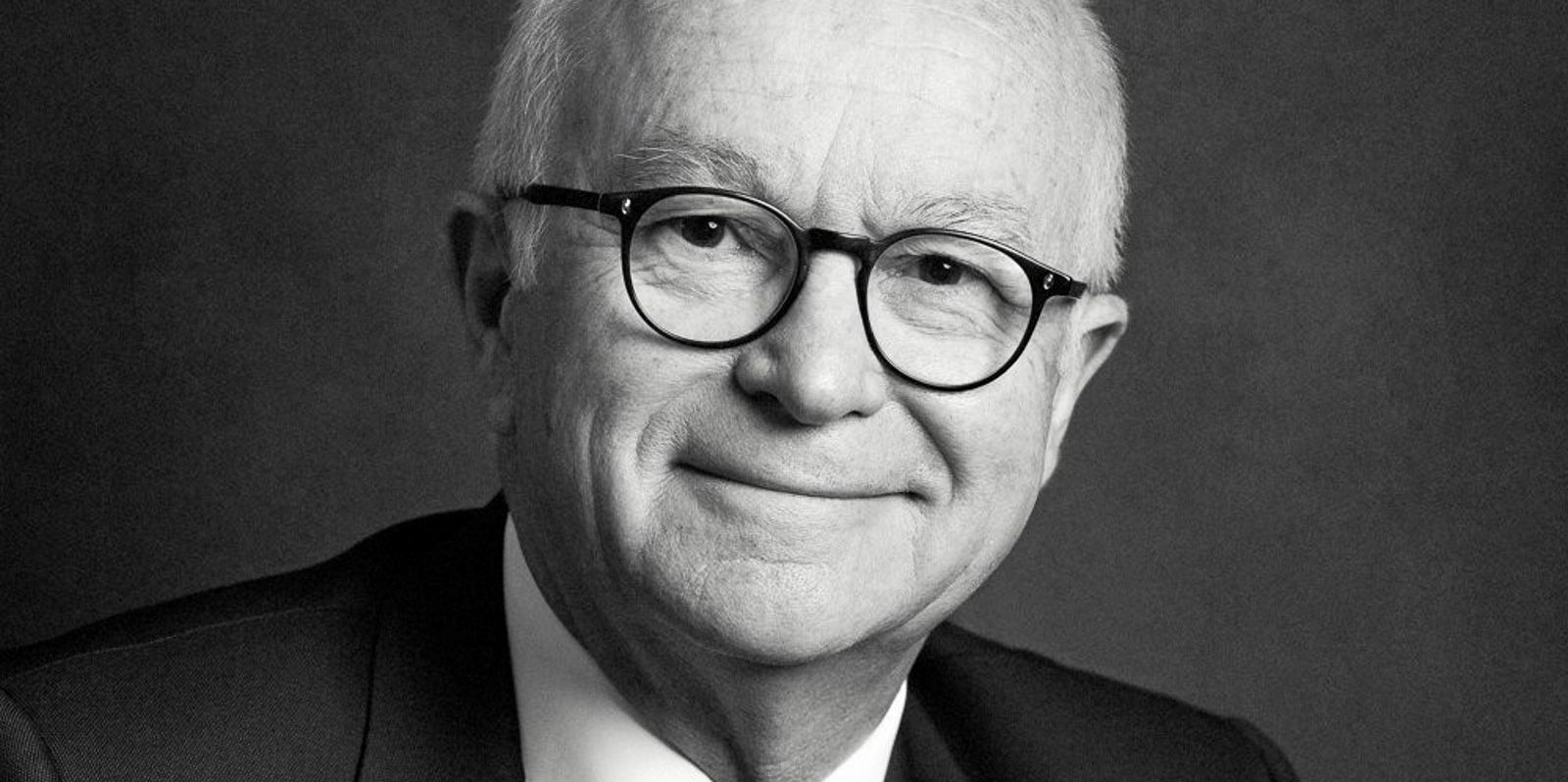
VLCCs, however, face a challenging market, “with too many ships chasing too few cargoes,” BRS said.
“Furthermore, considering current low demolition activity, we believe that fleet-side pressures will actually intensify over the coming months,” the broker added.
Demand prospects also remain “dim” in the wake of Opec+’s refusal to alter its production schedule despite lower Russian exports, the company argued.
“Indeed, we see precious little opportunity for VLCCs to benefit from the shift in trade flows, which by and large is seeing more Atlantic Basin crude being refined in Europe rather than Asia,” the company said.
Some new VLCCs have lifted middle distillate cargoes rather than trade in dirty markets.
But the broker still believes there are too many vessels in major lifting zones.
High bunker prices remain a millstone for VLCCs, which saw quarterly earnings for a non-scrubber-equipped, non-eco unit average a pathetic -$7,217 over the first quarter, the lowest on record.
BRS’ forecast for VLCCs now is $7,200 per day in 2022, 40% lower than the January forecast.
Ships with scrubbers can expect to earn $15,500 this year, the broker added.(Copyright)
